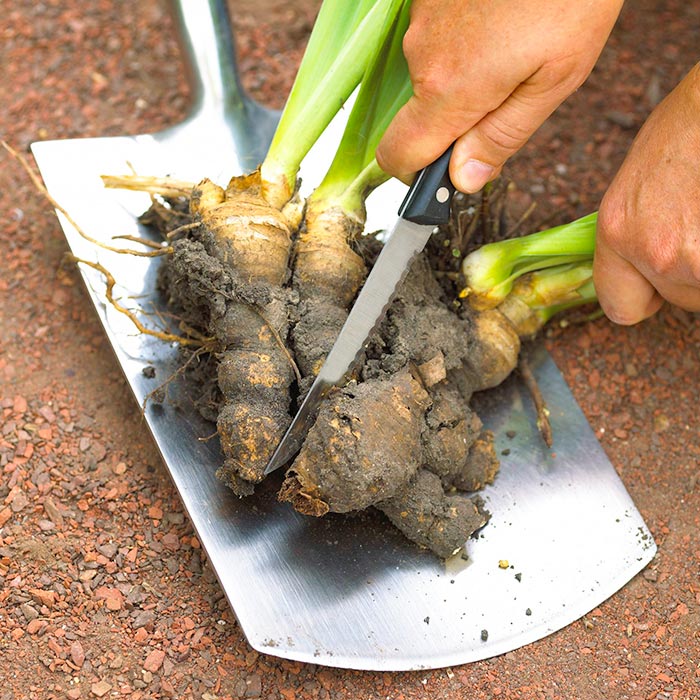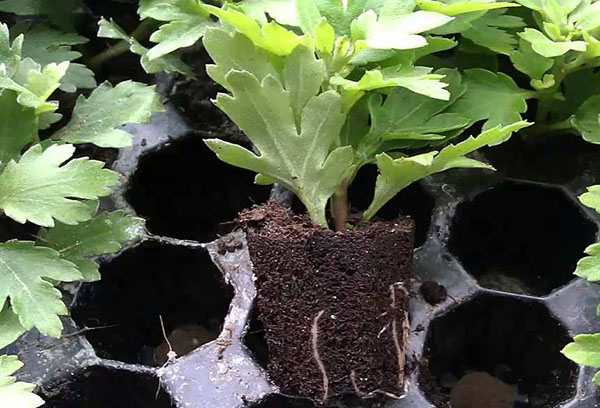Iris in May: care features
Iris, cockerel or iris is probably the only plant that you don’t want to pick. Charming and unpretentious, they look great in flower beds, perfectly decorate fences and benches, grow happily in any soil and are ready to delight everyone passing by with their colorful shades. But this does not mean at all that such beauty does not need care, which depends on which particular flower has become the gardener’s choice.

The content of the article
Types of irises and their features
There are too many types of bettas to begin listing. In principle, a gardener should first have enough information that there are rhizomatous and bulbous varieties. Few people know about this, because, basically, only the first type decorates the plots.
Rhizomatous irises divided into non-bearded and bearded varieties. These flowers got their name from the shaggy fibers on the surface of the petals. The different heights of cockerels allow them to be classified into many subspecies, but, by and large, this is of interest only to scientists or advanced breeders.
Bulbous irises are much less common, and they are divided into only three types:
- reticular (iridodictium);
- iris pearl (juno);
- Dutch (xifium).
What does rhizomatous iris need in May?
The iris has become popular due to its unpretentiousness. It will not require special care, but will respond to a little care with more luxuriant flowering.
REFERENCE. The only thing that iris does not like is excess water, which is why a drainage system should be provided in wet areas. This is especially important in May, when warm weather can quickly give way to thunderstorms or rain.
Manual weeding (so as not to damage the roots) and surface loosening will become useful more for giving neatness to the bushes than for their development.
Caring for flowering plants
Iris blooms in May-June. At this time, you can feed him a little and please him with weeding. During the dry month, plants should be watered occasionally (when the soil becomes completely dry).
It is better to remove wilted flowers. This will make the plant look prettier, and no disease will attach itself.

Features of transplantation
I know from my own experience: replanting irises is so simple that even a completely inexperienced amateur can handle it. All you need to do is dig up the root, put it in a new hole, cover it with soil and wait.
The distance between plants should not be less than 40-50 centimeters. In just a year, the iris will grow, and too close a neighborhood will prevent it from developing.
Although it is believed that it is better to replant a flower in August, in practice the iris can be moved at any time. Even when I simply (with bitterness in my heart) threw the excess roots into a hole with grass, new flowers appeared there the next year. Moreover, they felt no worse than carefully weeded specimens.
REFERENCE. It is better to dilute “heavy” soil with sand or peat; in very depleted soil, add a little fertilizer with a minimum of nitrogen. Acidic soil is enriched with ash.
What does the bulbous iris need in May?
Bulbous varieties will require more careful attention for a comfortable existence. They love sun, water and loose soil. Therefore, in hot May it is advisable to provide them with additional watering. And it’s better to do this in the evenings, making sure that water does not get on the flowers themselves.
It is recommended to remove wilted flowers immediately. And light loosening will allow the plant to feel the care of the owner, which will have a beneficial effect on flowering.

Preparing for digging
Bulbs should be dug up within a month after flowering.. It is easy to determine readiness for removal from the ground by the leaves: as soon as they dry about half their length, you can safely take up a shovel.
IMPORTANT! The main thing is to do this before the rains, otherwise the bulbs may rot.
Bookmark for storage
The excavated material is treated with a weak solution of potassium permanganate, dried and placed in a dry, ventilated room..
ATTENTION! Bulbous irises are planted in mid-September (for central Russia); in the southern regions, the planting period can be extended by a month.
To protect against frost, it is recommended to wrap the bed with covering material. In this case, the plants, grateful for the care, will delight the gardener with early shoots.
If you pay attention to the above recommendations, the unpretentious iris will become a real helper for everyone who is not ready to work on the flower garden day and night. And the variety of its shades will make the flowerbed a beautiful and amazing place.





